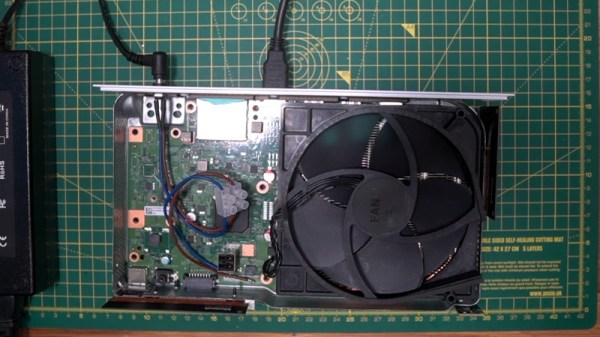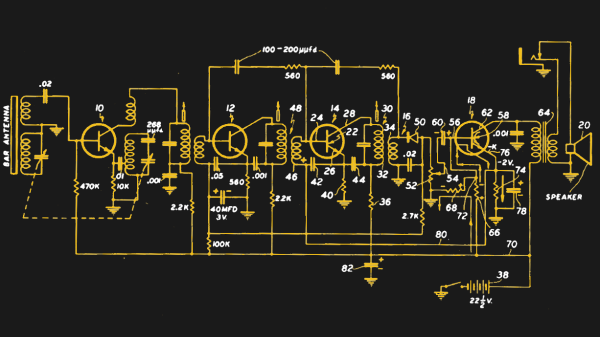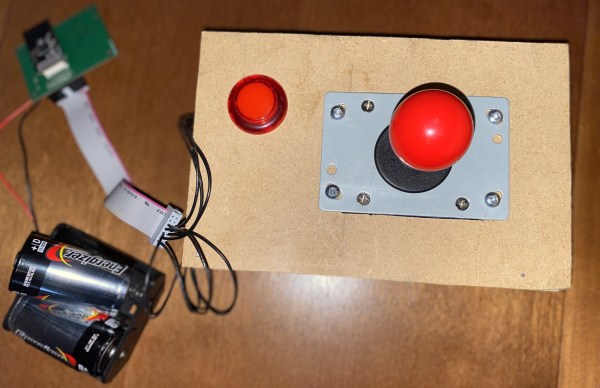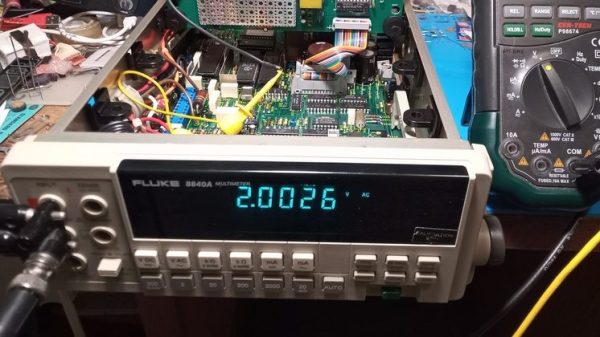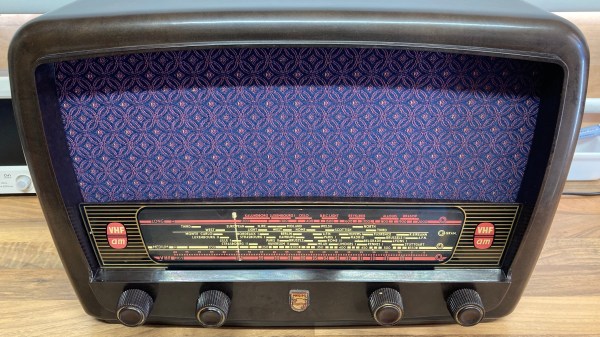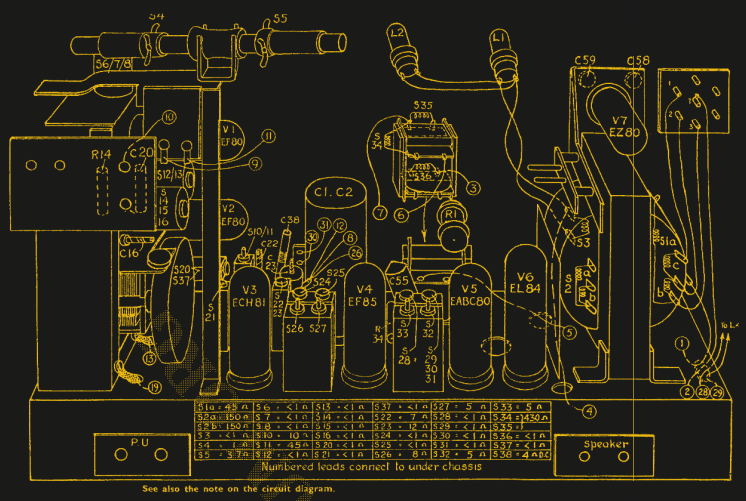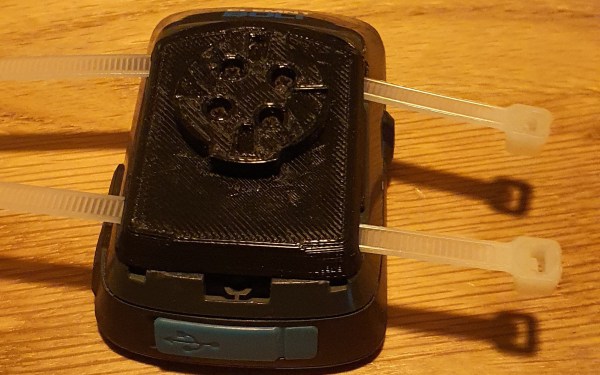There is nothing worse than that sinking feeling as a computer or other device fails just after its warranty has expired. [Robotanv] had it with his Xbox Series S whose power supply failed, and was faced with either an online sourced PSU of uncertain provenance, or a hefty bill from Microsoft for a repair. He chose to do neither, opening up his console and replacing the broken PSU with a generic external model. See the video below the break.
The Xbox appears surprisingly well designed as a modular unit, so accessing and unplugging its PSU was quite easy. To his surprise he found that the connections were simply two wires, positive and negative lines for 12 V. The solution was to find a suitably beefy 12 V supply and wire it up, before continuing gaming.
Beyond that simple description lies a bit more. The original was a 160 W unit so he’s taken a gamble with a 120 W external brick. He’s monitoring its temperature carefully to make sure, but with his gaming it has not been a problem. Then there’s the board wiring, which he appears to have soldered to pads on the PCB. We might have tried to find something that fit the original spade connectors instead, but yet again it hasn’t caused him any problems. We’d be curious to see what has failed in the original PSU. Meanwhile we’re glad to see this Xbox ride again, it’s more than can be said for one belonging to a Hackaday colleague.
Continue reading “Rescue That Dead Xbox With An External PSU”

